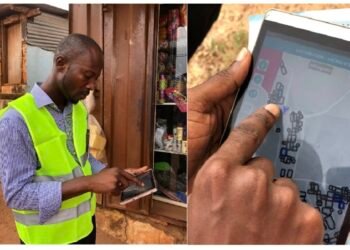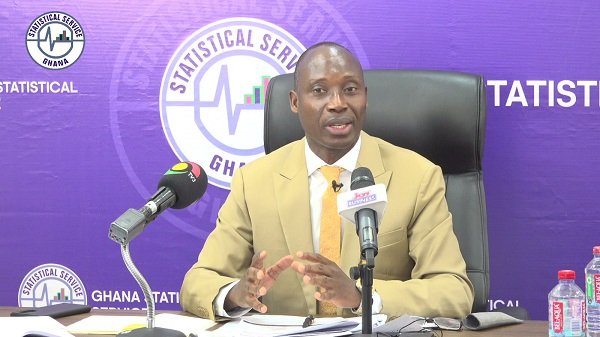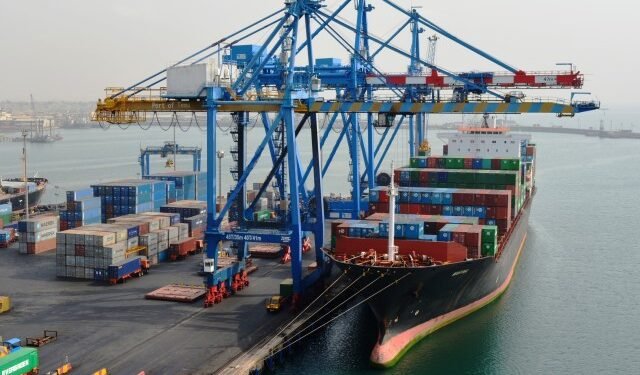Gender disparities between males and females regarding literacy persists despite several efforts to bridge this gap over the years.
According to the recent Census report released by the Ghana Statistical Service (GSS), 30.2 percent of persons “6 years and older” are not literate in any language and is higher among females (34.4%) than males (25.9%).
The illiteracy rate among the females in Ghana is more pronounced in the rural areas of the country. Across the three age brackets (6 years and older, 11 years and older, and 15 years and older), about half of females in rural areas are not literate in any language compared to a little over a third of males.
“Four in five (80.6%) of the urban population 6 years and older are literate in at least one language compared to half (55.2%) of the rural population of the same age and the rural-urban differential is similar for males and females”.
GSS
Regional disparities
Additionally, the census uncovered massive disparities in literacy rates across the 16 administrative regions of the country. According to the GSS, the literacy rate among persons aged “6 years and older” in nine out of the 16 regions falls below the national average of 69.8 percent. Undoubtedly, the Greater Accra Region recorded the highest literacy rate of 87.9 percent whilst the Savannah Region, with a literacy rate of 32.8 percent, has the lowest.

The GSS further disclosed that the male population in eight regions have literacy rates below the national figure compared to females in 12 regions. Four out of the 16 regions have more than three-quarters (75%) of their population 6 years and older being literate. For males, there are seven regions and for females one region (Greater Accra) with more than three-quarter (75%) of the population “6 years and older” being literate.
“Five in ten (52.8%) of the literate population 6 years and older can read and write in at least one Ghanaian language with slight variation in urban and rural areas and across the three age brackets; while a little over 96 percent are literate in English”.
GSS
Specifically, the census revealed that nine in ten of the literate population across the three age brackets can read and write in one language in nine regions, but in Greater Accra and Upper East regions three (Asante Twi, Ga and Ewe) and two (Kasem and Gruni) are the prominent languages respectively.
Major languages spoken and written
About half (48.0 %) of the literate population “6 years and older” can read and write in one language, and 45.8 percent in two languages, with English and Ghanaian language being the dominant languages, the GSS stated in its literacy report.
Among the literate population “6 years and older” that can read and write in two languages, almost all (95.6%) are literate in English and one Ghanaian language combined. The census also uncovered that 20.8% of persons aged “3 years and older” have never attended school; 17.0 percent for males and 24.4 percent for females.
Proportion of urban population “18 years and older” who have attended school in the past and have tertiary education as the highest level attained (16.6%) is almost three times that of rural areas (5.9 %). This suggest that the disparities in school attendance persist between the rural and urban areas. It therefore, highlights the fact that policies should be targeted at the rural areas more to bridge the gap and reduce migration to the urban areas that are already congested.
Overall, Ghana’s literacy rate stands at 69.8% but the rate among males is higher than the national average as it stands at 74.1 percent compared to that of females with 65.6 percent.
READ ALSO: Producer Price Inflation Rose To 13.6% in November 2021























